The modest shoelace aglet may be diminutive in size, yet it plays a crucial role in the realm of footwear. These shoelace terminations safeguard the material from unraveling, simplify the threading process, and enhance the overall look and practicality of shoes. Shoelace aglets are available in a plethora of materials and styles, offering not just a pragmatic approach to lace preservation but also a touch of sartorial flair.
Types and Characteristics of Shoelace Aglets
There is a significant variety in shoelace aglets, each with distinctive features. The ubiquitous plastic shoelace tip provides an economical and lightweight option, whereas metal tip shoelaces present a more robust and fashionable choice. Aglets fashioned from sustainable materials appeal to the eco-conscious, while those designed for sports footwear might incorporate enhanced grip or reflective elements for nocturnal activities. This array of types ensures a match for every shoelace requirement and taste, ranging from the basic plastic end of a shoelace on standard shoes to the metal aglet shoelaces that grace high-end pairs. Some aglets are even intricately designed, with hand-painted details or embellishments of jewels for an exclusive look.
Structure and Operation of Shoelace Aglets
The architecture of a shoelace aglet is simple yet clever, typically taking the form of a tube that snugly encloses the shoelace tip. The interior is designed to constrict around the lace fabric. In the case of metal aglet laces, a crimping action is utilized to affix the aglet securely to the lace. Plastic versions may be shaped by applying heat to meld the aglet to the lace. This design ensures the aglet fulfills its purpose of averting fraying and facilitating lacing. Attaching an aglet demands precision, particularly with delicate materials like leather or cotton laces. The process might also involve adhesives or ultrasonic welding for high-performance athletic laces, guaranteeing a durable bond.
Materials and Properties of Shoelace Aglets
The selection of materials for shoelace aglets is based on their strength, weight, and visual appeal. Metals such as zinc alloy and brass are chosen for their robustness and can be plated for an opulent appearance. Plastics like ABS and PP offer malleability and are unobtrusive due to their lightness. Leather aglets exude luxury and are typically seen on premium footwear. Each material confers advantages like enhanced tensile strength, resistance to the elements, or a chic aesthetic. The material choice also influences the aglet's utility; for example, stainless steel aglets are waterproof and apt for outdoor footwear, while alloy aglets can be fashioned in an assortment of hues for stylistic purposes. The properties of these materials are meticulously considered to meet the requirements of their intended application, be it daily wear or specialized athletic use.
Business Usages and Applications of Shoelace Aglets
Within the commercial sphere, shoelace aglets are employed across various sectors. In the fashion industry, they fulfill both ornamental and practical roles on clothing and shoes. For manufacturing, robust aglets are indispensable for work boots and protective footwear, ensuring durability under strenuous conditions. The promotional products sector capitalizes on bespoke aglets for branding, transforming a humble shoelace into a promotional instrument. These diminutive elements can significantly enhance a product's functionality and design, swaying consumer preferences. Aglets also feature in corporate branding, with customization options like company logos for events or uniforms. In retail, aglets can distinguish products, with upscale stores offering tailored aglet fitting services to personalize purchases.
Functions of Shoelace Aglets
An aglet's primary role is to shield the tip of the shoelace from wear and to ease its passage through the shoe's eyelets. They also prevent knots from tightening excessively and act as a counterbalance to the lace, aiding in maintaining its position and tension within the footwear. Aglets may even incorporate technology, such as RFID tags, for inventory management or to enrich the shopping experience. They also assist individuals with limited dexterity by providing a more substantial grip during lacing.
Features of Shoelace Aglets
The distinctive attributes of shoelace aglets encompass a variety of shapes, hues, and customization options. Some aglets boast engravings or embossments for branding or personalization. The ends of shoelaces known as aglets can also be designed to be swappable, allowing wearers to alter them to suit their style. Waterproof and rustproof characteristics are crucial, particularly for aglets on outdoor or sports shoes. Innovations in aglets include features like luminescent or LED aglets for better visibility and safety, or even scented aglets for a novel sensory experience.
Benefits of Shoelace Aglets
The advantages of shoelace aglets are manifold. They prolong the life of shoelaces, save time by simplifying lacing, and eliminate the annoyance of tattered laces. For companies, they provide a means for product distinction and can bolster brand recognition when personalized. For consumers, they can signify fashion sense, rounding off a shoe's design with a splash of color or a gleam of metal. The practical benefits also encompass preventing tripping by ensuring laces remain tied and facilitating swift lace-ups, which is especially advantageous for athletes or emergency service personnel.
How to Use and Maintain Shoelace Aglets
Effective use of shoelace aglets involves proper lacing methods to prevent damage to the aglet or lace. When selecting aglets, it's crucial to consider their size and material in relation to the shoe's eyelets and the lace type. Cleaning usually requires a simple wipe, though metal aglets might need polishing to preserve their luster. Regular checks for wear and timely replacements are essential to maintain the aglet's integrity and the shoelace's appearance. For upkeep, it's recommended to refrain from excessive pulling on the aglets and to keep them away from direct heat, which could cause melting or warping, particularly with plastic variants.
What are the environmental impacts of aglet production?
Like any industrial process, the manufacture of aglets has an ecological impact. Nonetheless, producers are increasingly adopting greener practices, such as utilizing recycled materials and minimizing waste. Consumers can opt for eco-friendly and sustainable aglets to reduce their environmental footprint.
Can aglets be customized for brand promotion?
Indeed, aglets present an outstanding avenue for brand promotion. Custom aglets with logos or bespoke designs can act as subtle yet potent marketing assets for companies. They can be applied to merchandise like shoes and apparel to elevate brand visibility and recognition.
Are there any innovative uses of aglets beyond shoelaces?
Aglets' innovative applications transcend conventional shoelaces. They find utility in fashion accessories, home textiles, and even as functional elements in electronic devices. The adaptability of aglets renders them invaluable in a range of creative and technical endeavors.
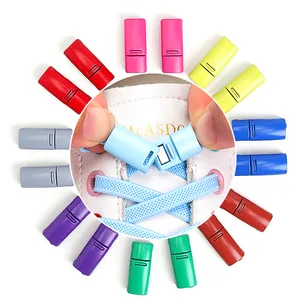


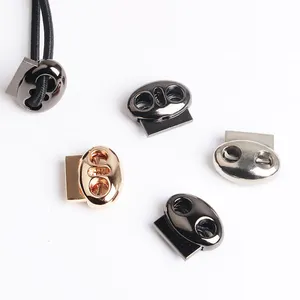


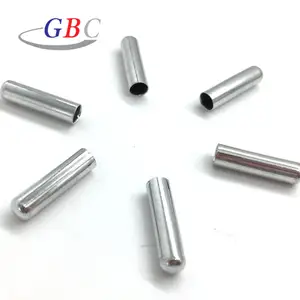





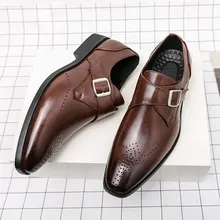



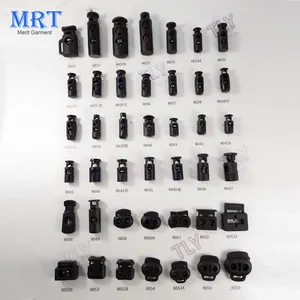


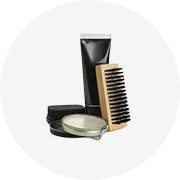
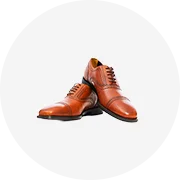
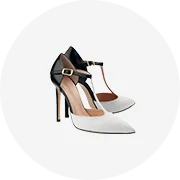
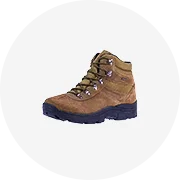
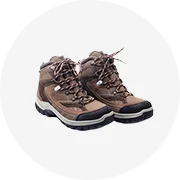
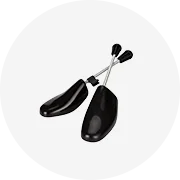

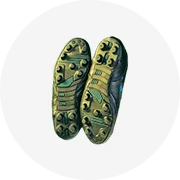








 浙公网安备 33010002000092号
浙公网安备 33010002000092号 浙B2-20120091-4
浙B2-20120091-4